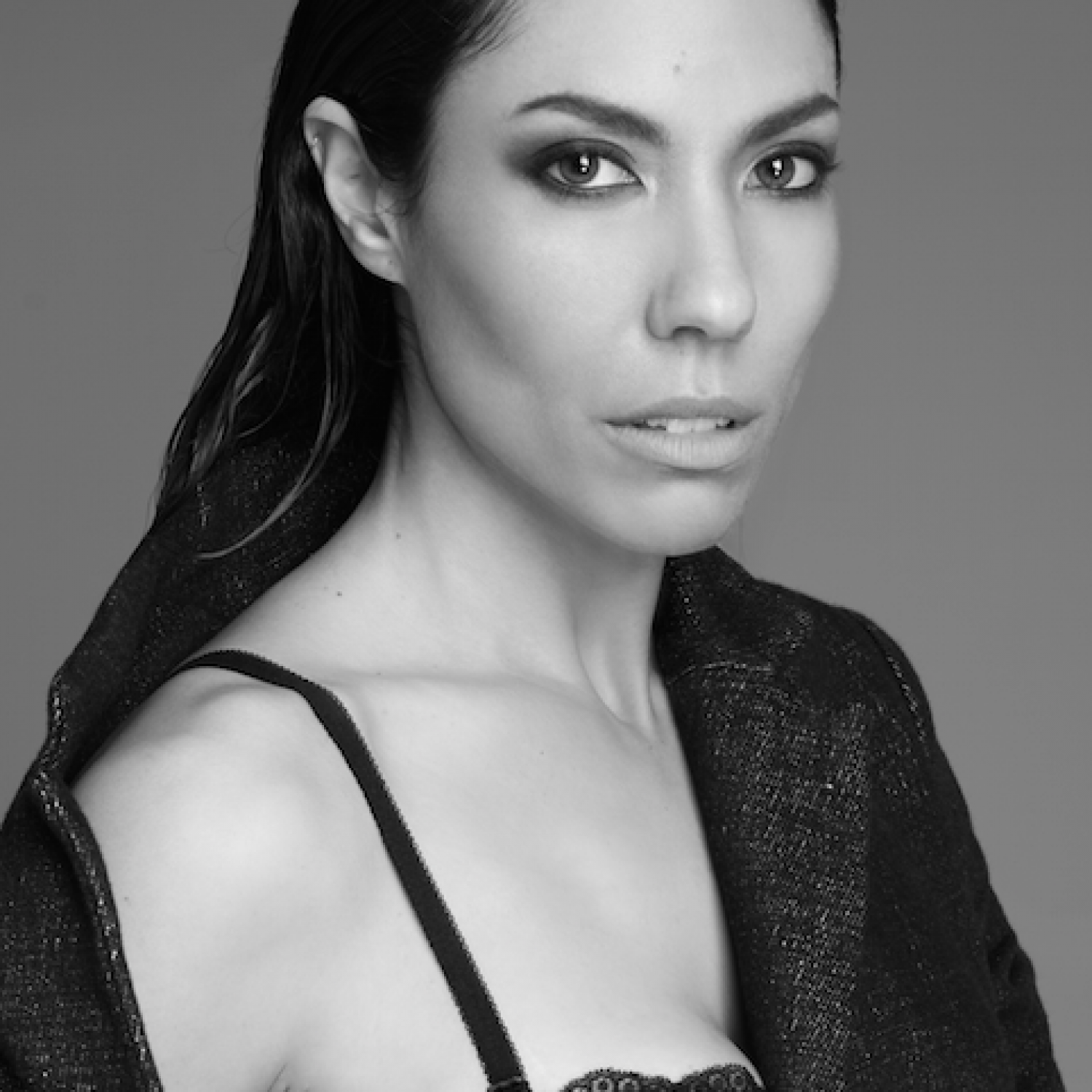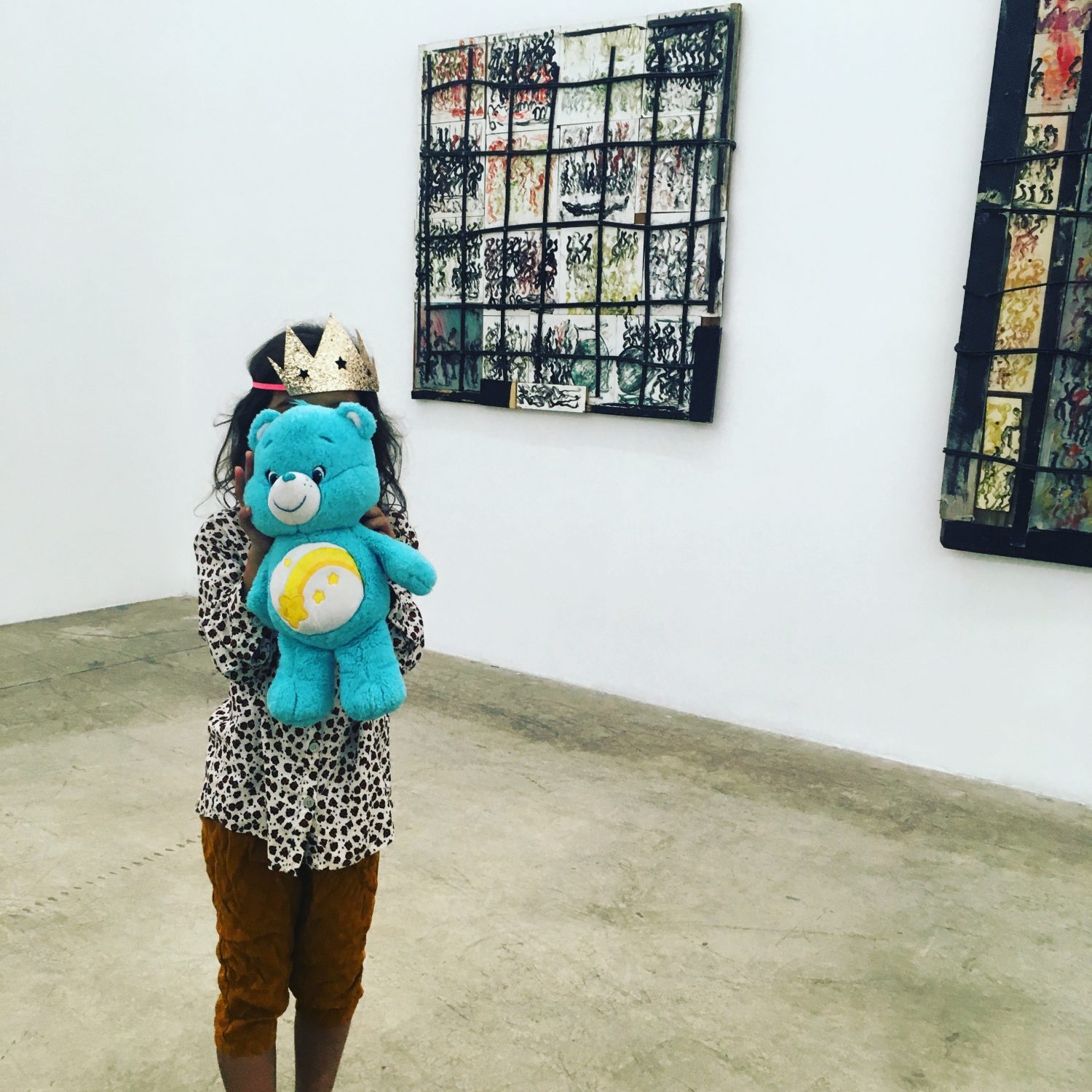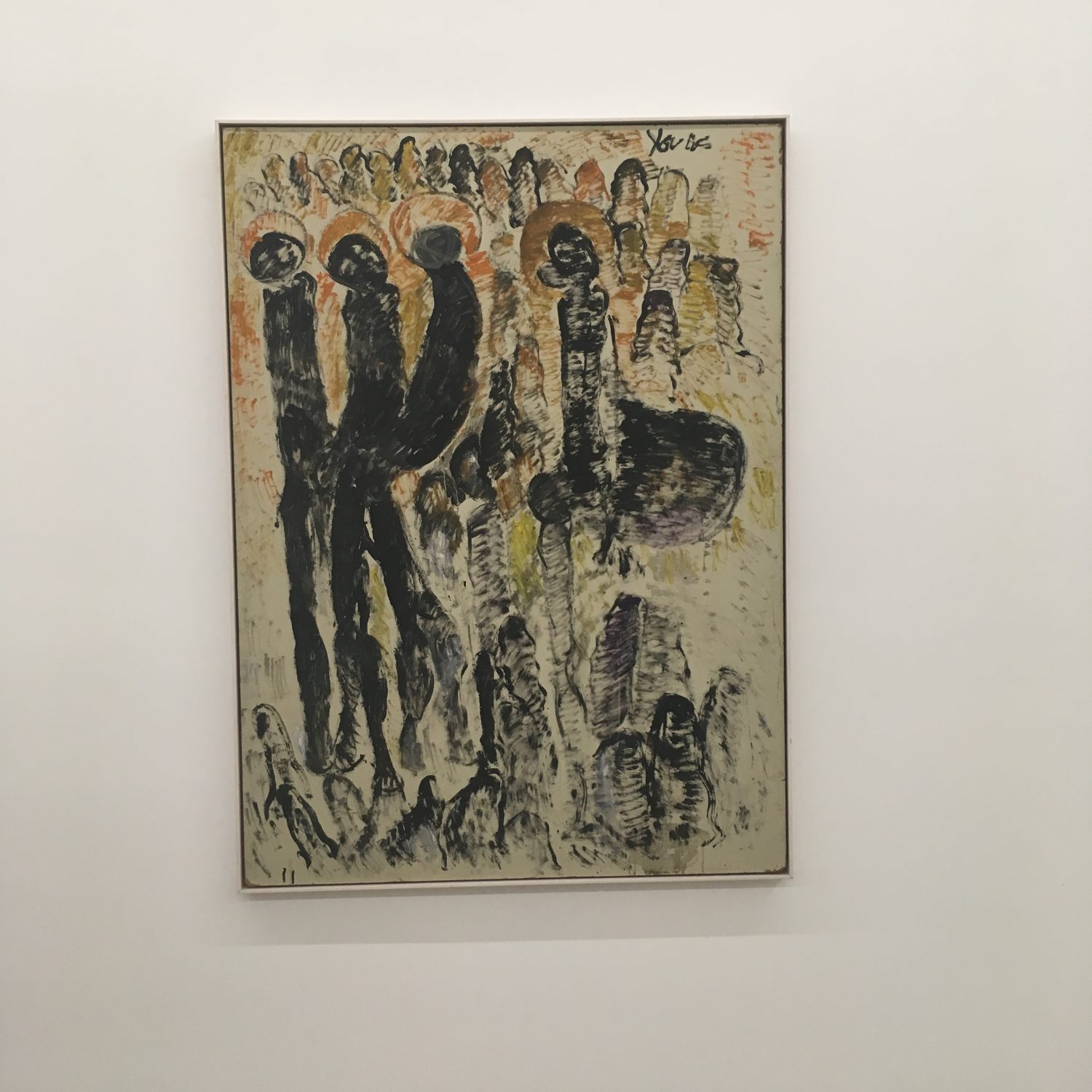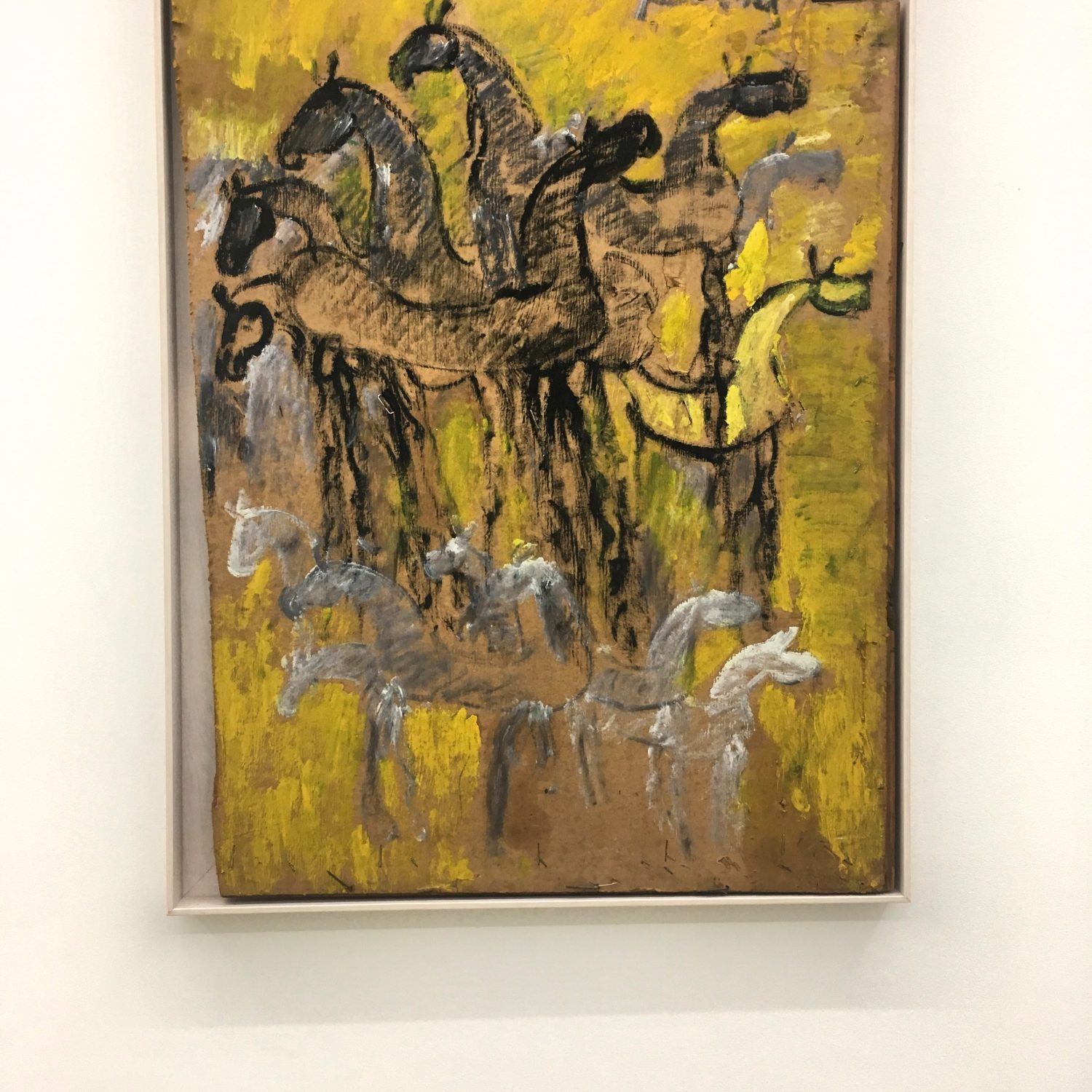A Master of Painting in the 21st Century: Purvis Young at RFC (Rubell Family Collection), Miami Art Week 2018
Most Miami art week events are drawn to glitz and glam, vying to compete for a mention in the press or passed as gossip around town as the hottest soirée happening during its short life in Miami. The majority of art fairs push old and new artist names to the public while attempting to cash in revenues from lucrative collectors. They all play a part within the same hob-snob social games commonly celebrated in art communities across the board. It’s just more intensified during this time of year.
Luckily, the RFC ( Rubell Family Collection) opened it’s doors to the public with a refreshing solo exhibition of Purvis Young’s messy Zulu inspired, folk art and new acquisitions. Over one-hundred works were displayed, created over Young’s lifespan, shedding light on “universal themes.”
Although Young is a prominently dominating name in the art world and his personal affairs disclosed to the public, there is still a sense of privacy or even distance that exists between his work and the public. This space became more apparent to me as I walked through the exhibition. Because the RFC exhibition space is vast and fixed in white walls, Young’s smaller works became shushed from the viewer’s direct gaze, but it was precisely his genius overcast brushstrokes what gesticulated the viewer to step in and absorb the extended, languid arrangements. Similarly to his reflective persona, his gestures seem pensive, drenched in the desire to understand humanity’s fate, twisted by war, suffering, isolation, and enlightenment embedded in clouds of pale powdered hues and busy assortments of patterns. They became recognizable figures and symbols, once the viewer spatially acquainted themselves to the work(s).
There are moments I think Young craved validation and belonging in society, but his mission to record the flux of news into his body of work from the outskirts seems more important in the end.
Sections of the lower gallery were indexed with recurring themes ( ex: horses, eyes, pregnant women ) in Young’s work to help navigate the way for the onlookers. Otherwise it could have been confusing with the busy crowd’s movement. One of the untitled horse paintings resonated with me. It was a lovely amber color, deepened with smudges of mustard, fore-fronted by a relaxed group of horses, with long necks and heads shifted at various angles, as though searching for food or perhaps seeking other horses like themselves.
I’d like to see Young’s work celebrated as innovative for his choice of materials and the way he marked the material’s surface with the stroke of his hand, rather than categorizing him as an outsider or self-taught artist. Institutions may not realize that this discredits an artist to a certain extent. An artist such as Young was born a creator, and didn’t necessarily have to train at art school nor learn techniques to qualify as a professional prodigy. The art world needs to eliminate divisive categories such as “outsider” to establish a sense of equality between artists, their works and abilities. The Rubells do a magnificent job of scouting artists based on talent, supporting their work, paving their way to financial success and most importantly pointing out indubitably that an artist such as Young was ahead of his time, and proved to be an artist to pivot the direction of painting in the 21st century.
Written by-

Edited by-
” I paint angels coming down to bless the peoples; guys carrying caskets sometimes; angel sitting on top of the caskets. Death to the people. Good people become angels. I just paint good people. I don’t know what happens to the bad ones.”
– Purvis Young
” I always liked to draw and paint horses, wild horses. I just use horses mostly for freedom. I love to paint wild horses, freedom horses, wild horses running free.”
– Purvis Young

( Miami Art week)



